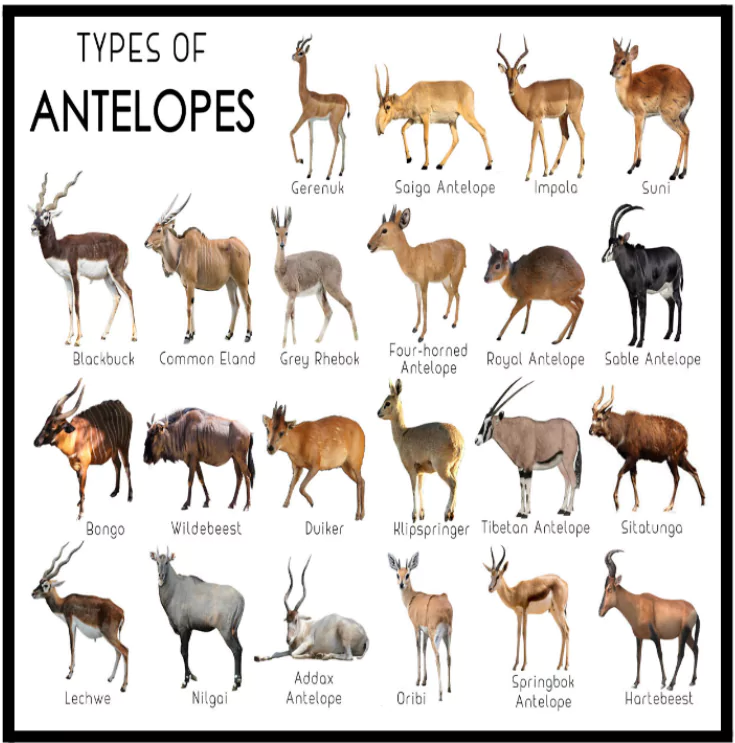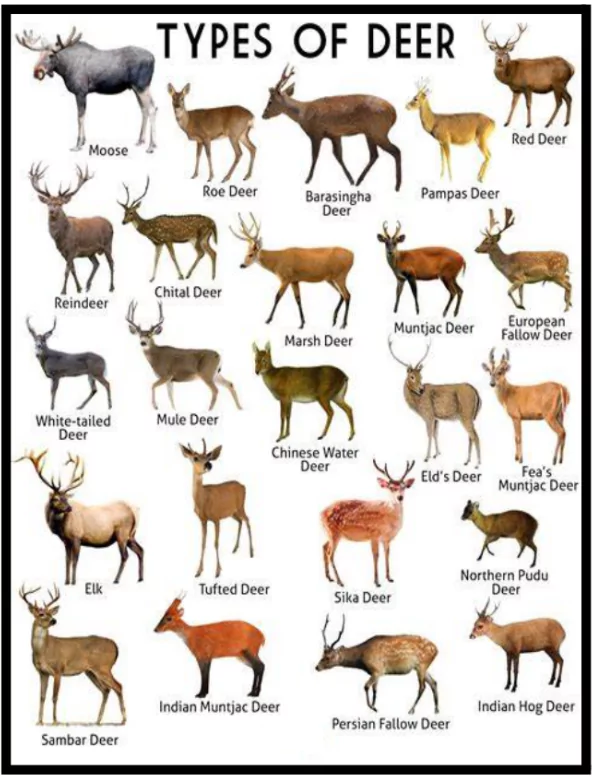Assam’s Hollongapar Gibbon Sanctuary
Context: The National Board for Wildlife (NBWL) has deferred approval for a Vedanta subsidiary’s proposal for oil exploration in Assam’s Hollongapar Gibbon Sanctuary.
About Hollongapar Gibbon Sanctuary
- Location: Situated in Assam, India.
- Former Names: Previously known as the Gibbon Wildlife Sanctuary or Hollongapar Reserved Forest.
- Establishment: Officially constituted and renamed in 1997.
- Initial Designation: Initially set aside in 1881.
Flora and Fauna
- Hoolock Gibbons: Home to India’s only ape and gibbon species.
- It is found in Nagaland, Manipur, Assam, Meghalaya, Arunachal Pradesh ,Mizoram, and Tripura, south of the Brahmaputra in India.
- Conservation status: IUCN Red Lists
- Hoolock Gibbon (Eastern)- vulnerable
- Hoolock Gibbon ( Western) – Endangered
- These both the species are on Schedule I of theWildlife (Protection) Act of India, 1972.
- Bengal Slow Loris: Also houses Northeastern India’s only nocturnal primate.
- Vegetation:
- Upper Canopy: Dominated by hollong trees (Dipterocarpus retusus).
- Middle Canopy: Dominated by nahar trees (Mesua ferrea).
- Lower Canopy: Comprises evergreen shrubs and herbs.
Enroll now for UPSC Online Course
Threats to the Habitat
- Illegal Logging: Unauthorized cutting of trees.
- Human Encroachment: Expansion of human settlements into the forest area.
- Habitat Fragmentation: The breaking up of the forest into smaller, isolated patches.
Understanding The Differences Between Antelope and Deer
Context: Recently, Blackbuck and Chinkara are at the centre of the news cycle given the tragic murder of Nationalist Congress Party leader Baba Siddique in Mumbai.
Key Differences between Antelope and Deer

- Taxonomy
- Both deer and antelope belong to the kingdom Animalia and the order Artiodactyla (even-toed ungulates).
- Deer belong to the family Cervidae, while antelope are part of the family Bovidae (which also includes cattle, buffalo, goats, etc.)
- Physical Characteristics
- Deer have antlers: Branching, keratinous growths present only in males and shed annually.
- Antelope have horns: Permanent, unbranched, strong, and composed of a chitinous shell with a bony core, present in both males and females.
- Body Structure
- Antelopes: Generally have longer legs and more slender bodies, adapted for speed and agility in open habitats.
- Deer: Tend to have stockier builds with shorter legs compared to many antelope species.
- Behaviour
 Antelopes: Antelopes have adapted a wide range of habitats, typically woodland, forest, savannah, grassland plain, desert (hot and cold), swamp,marshes, etc. and several species are living in the mountain and rocky outcrops.
Antelopes: Antelopes have adapted a wide range of habitats, typically woodland, forest, savannah, grassland plain, desert (hot and cold), swamp,marshes, etc. and several species are living in the mountain and rocky outcrops.
- They often live in large herds and rely on speed and agility to evade predators.
- Deer: May form smaller groups and are often found in forested areas.
- They rely more on camouflage and stealth, along with speed, to avoid predators.
Geographical Distribution of Antelope
- Distribution: There are 91 species of antelopes worldwide, primarily in Africa and Asia with Africa being the ‘antelope haven.’
- Antelopes in India: India has six antelope species: Tibetan Antelope, Tibetan Gazelle, Nilgai, Blackbuck, Chinkara, and Chausingha.
- Threats to Antelope Populations: Hunting, habitat destruction, competition with livestock and wars and conflict.
Global Distribution of Deer
- There are 43 species of deer found across various regions, from the Americas to Eurasia.
- Moose: The largest deer species, found in North America (called Elk in Eurasia).
- Pudu: The smallest deer species, native to South America.
- Deer in India: India is home to 12 species of deer.
- Indian Mouse Deer (smallest)
- Sambar (largest)
Check Out UPSC CSE Books From PW Store
Reclassification of King Cobra
Context: Recently, Scientists have recategorised King Cobra (s) into four distinct species.
About King Cobra
- It is the world’s longest venomous snake and among the heaviest.
- King cobra bites, while rare, affect the respiratory centres in the brain, causing respiratory arrest, cardiac failure and can have lethal neurotoxic effects.
- Distinctive Features:
- Diet: Primarily snake-eaters, consuming both venomous and nonvenomous species.
- Nest-Building: The king cobra is the only snake that builds a nest to lay eggs , which they fiercely guard until the hatchlings emerge.
- Hiss: The hiss of the king cobra is a much lower pitch than many other snakes and many people compare its call to a “growl” rather than a hiss.
- Facultative Parthenogenesis in King Cobras: King cobras have demonstrated the ability to undergo facultative parthenogenesis, a form of asexual reproduction where females can produce offspring without fertilisation by a male.
- Habitat: Adaptable to various habitats, including rainforests, bamboo thickets, mangrove swamps, high-altitude grasslands, and rivers etc.
- Threats: Deforestation, International pet trade, wildlife smuggling, Persecution by humans, Exploitation for skin, food, and medicinal purposes etc.
- Protection Status
- IUCN Red List: Vulnerable
- CITES: Appendix II
- Wildlife (Protection) Act, 1972: Schedule II
- Re Categorisation into Four Distinct Species: The king cobra is now classified into four species:
- Mainland Asia Northern king cobra (Ophiophagus hannah) : Extends from eastern Pakistan through northern India to parts of Southeast Asia
- Sunda king cobra (Ophiophagus bungarus): Found in areas south of the Kra Isthmus, including Malaysia and some southern Philippines islands.
- Western Ghats king cobra (Ophiophagus kaalinga): Endemic to the Western Ghats in India, inhabiting mid-elevation rainforests and foothills.
- Luzon king cobra (Ophiophagus salvatana): Exclusive to Luzon Island in the northern Philippines, with potential undiscovered populations on other islands.
- Their reclassification has significant implications for king cobra conservation and can also aid in reducing fatalities from their bites.
Jiangmen Underground Neutrino Observatory (JUNO)
Context: After years of construction, the $300 million Jiangmen Underground Neutrino Observatory (JUNO) in China’s southern Guangdong province will soon start gathering data on neutrinos, a product of nuclear reactions, to help solve one of the biggest mysteries in particle physics.
About Jiangmen Underground Neutrino Observatory (JUNO)
- Location: Southern Guangdong Province, China.
- Cost: $300 million.
- Purpose: To study neutrinos, subatomic particles from nuclear reactions, for understanding particle physics and the universe.
- Construction: A giant sphere with light-detecting tubes, housed in a 12-storey pool of water, 700 metres underground.
- Operational: Expected to start in 2025.
- Scientific Objectives:
-
- Neutrino Mass Hierarchy: JUNO aims to determine which neutrino types are lightest and heaviest—a crucial question in particle physics.
- Study of Solar Processes: Real-time observation of neutrinos from the Sun for insights into solar energy generation.
- Earth Studies: Investigate neutrinos from radioactive decay in Earth’s mantle to understand tectonic plate movement.
- Nuclear Power Plants: JUNO will analyse neutrinos from two nearby nuclear plants for up to six years.
About Neutrinos
- Type of subatomic particle.
- Mass and Charge: Don’t have an electric charge, have a small mass, and are left-handed (a physics term meaning the direction of its spin is opposite to the direction of its motion).
- Abundance of Neutrinos: Second-most abundant particles after photons (particles of light) and the most abundant among particles that make up matter.
- Types/Flavours: Three types or “flavours” – electron neutrino, tau neutrino and muon neutrino.
- Neutrino Oscillation: They can change from one flavour to another as they travel. This is an unusual quantum phenomenon.
- Example: Neutrinos from the Sun are initially electron-neutrinos, but on Earth, many of them are detected as muon-neutrinos.
- Observation: Neutrinos’ weak charge and almost nonexistent mass have made them notoriously difficult for scientists to observe.
- They can only be “seen” when they interact with other particles
India’s Neutrino Project
- India-based Neutrino Observatory (INO): Planned for Tamil Nadu, India.
- Location: The INO collaboration has decided on a site in the Bodi West Hills (BWH) region in the Theni district of Tamil Nadu.
- Funding and Support: Funded by the Department of Atomic Energy.
- Current Status: Faces an uncertain future due to procedural issues and lack of political support.
Additional Reading: Neutrino-Universe
Battle of Walong
Context: To mark the 62nd anniversary of the iconic battle of Walong during the 1962 war with China, the Army is planning a month-long series of commemorative events beginning on October 17 till November 14.
About Battle of Walong
- During the 1962 Indo-China war, Indian troops halted the advancing Chinese People’s Liberation Army (PLA) for 27 days in the Walong sector, Arunachal Pradesh.
- The 11 Infantry Brigade defended against the PLA with 800 soldiers, halting 4,000 PLA troops and forcing China to deploy an additional division of 15,000 soldiers.
- Geographical Challenges:
- The battles were fought at altitudes ranging from 3,000 to 14,000 feet in rugged terrain.
- The sector was completely dependent on air maintenance and lacked a road link, adding logistical challenges for Indian forces.
- The battle was a testament to the bravery of the Indian Army despite being outnumbered and under-resourced. The Time Magazine (1963) praised the Indian soldiers for their “guts.”
Enroll now for UPSC Online Classes
Commemoration Events (2024)
- Inauguration of newly renovated Walong War Memorial (Shaurya Sthal) and key border infrastructure projects.
- Walong Day: Marked by a wreath-laying ceremony, battle narrations, and traditional performances by local tribes (Mishmi and Meyor dancers) showcasing the cultural heritage of Arunachal Pradesh.

SARTHI, or Solar Assisted Reefer Transportation with Hybrid controls and Intelligence
Context: Recently, the National Institute of Food Technology Entrepreneurship and Management, Kundli (NIFTEM-K) has introduced Solar Assisted Reefer Transportation with Hybrid Controls and Intelligence (SARTHI) system.
About SARTHI
- SARTHI, or Solar Assisted Reefer Transportation with Hybrid controls and Intelligence, is a system that uses IoT (Internet of Things), sensors, and solar power to reduce post-harvest losses in the transportation of perishable food.
- Features of SARTHI:
- Dual Compartments: Stores fruits and vegetables at different temperatures
- Real-time Monitoring: Sensors measure temperature, humidity, ethylene, and CO2 levels
- Mobile App: Provides real-time information about the quality of the produce
- Solar-Powered Air Handling Unit: Maintains temperature control when the vehicle stops
- Significance:
- SARTHI can help extend the shelf life of produce and reduce losses due to moisture loss or chilling injury.
- It can also help transporters make informed decisions, such as rerouting produce to closer markets if spoilage is detected.
- This can help reduce carbon footprints and energy waste.
![]() 18 Oct 2024
18 Oct 2024

 Antelopes: Antelopes have adapted a wide range of habitats, typically woodland, forest, savannah, grassland plain, desert (hot and cold), swamp,marshes, etc. and several species are living in the mountain and rocky outcrops.
Antelopes: Antelopes have adapted a wide range of habitats, typically woodland, forest, savannah, grassland plain, desert (hot and cold), swamp,marshes, etc. and several species are living in the mountain and rocky outcrops.

